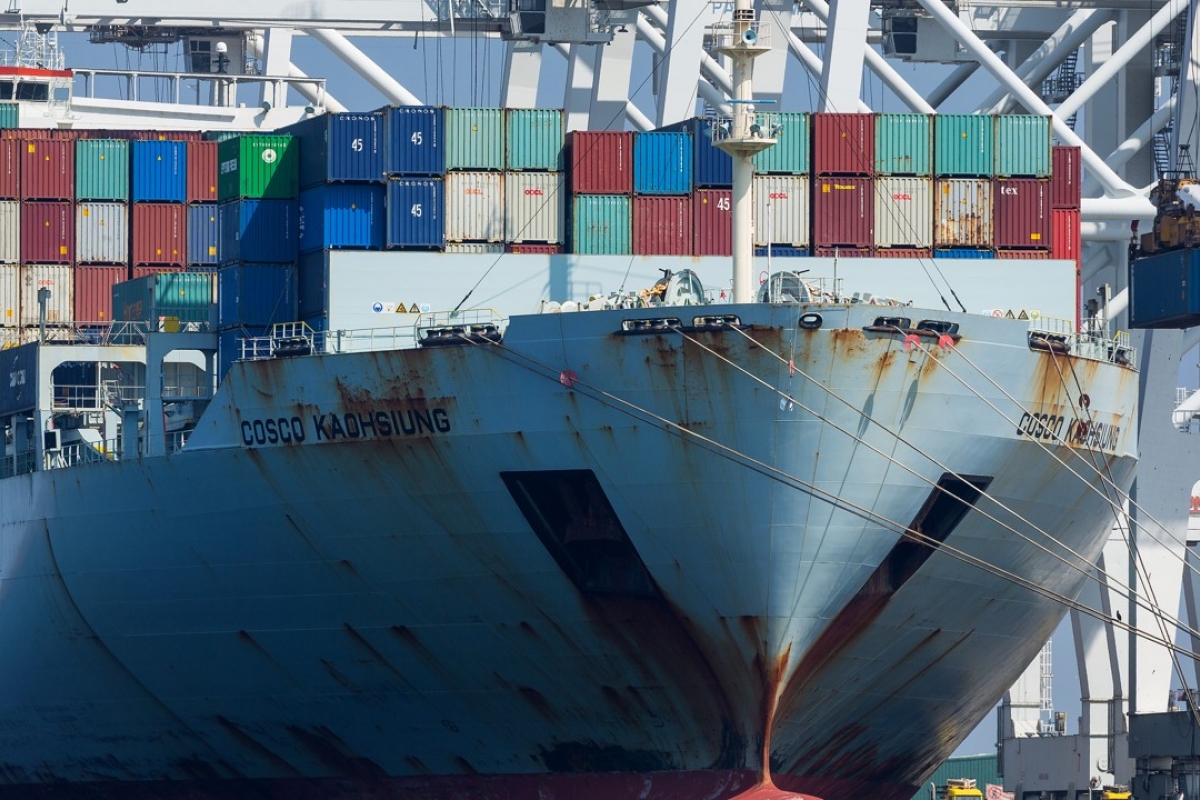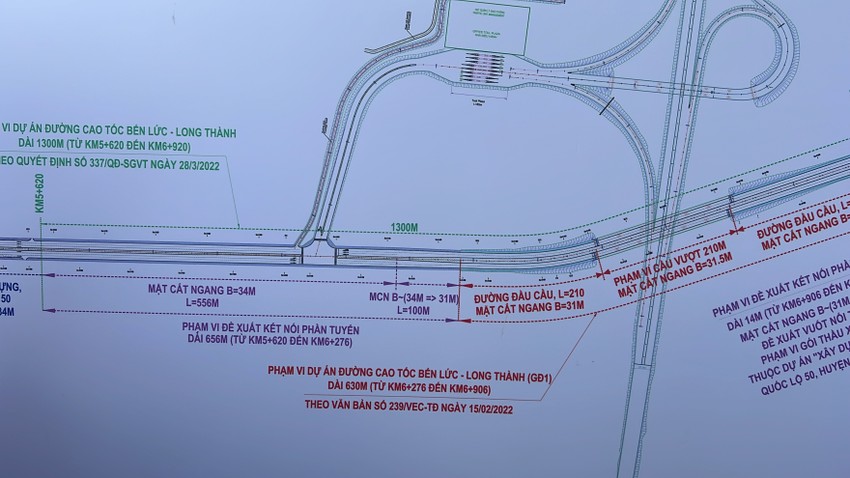Avoiding Conflict: G-7 And US Trade Tensions

Table of Contents
Understanding the Roots of G-7 Trade Tensions
Historical Context
Historical trade disagreements within the G7 have significantly shaped the current landscape of global commerce. These disputes often stem from differing economic philosophies and national interests.
- Examples of past trade disputes: The "Chicken War" between the US and EU in the 1960s, various disputes over agricultural subsidies, and disagreements surrounding intellectual property rights.
- Shifts in global power dynamics: The rise of new economic powers and shifts in global manufacturing have further complicated trade relationships within the G7, impacting existing trade deals like NAFTA (now USMCA). These shifts have led to increased competition and a reassessment of traditional trade partnerships. The impact of these shifts on the G7's internal dynamics is undeniable.
Current Trade Disputes
Present-day disagreements within the G7 are characterized by a range of issues, from tariffs on specific goods to broader concerns about unfair trade practices.
- Specific countries involved: The US-EU tariffs on steel and aluminum exemplify ongoing trade friction, while disagreements persist between the US and Japan on automotive trade. Canada and the EU also navigate their own trade complexities.
- Types of goods affected: The sectors impacted vary widely, encompassing agricultural products, manufactured goods, and services. This widespread impact necessitates a comprehensive approach to resolving G7 trade friction.
- Arguments of each side: Disputes often center on issues of national security, intellectual property rights, and concerns about unfair competition and subsidies.
The Role of Protectionism
The rise of protectionist policies is a significant contributor to escalating G7 trade tensions. Trade protectionism G7, manifested through tariffs and quotas, aims to shield domestic industries from foreign competition.
- Examples of protectionist measures: The imposition of tariffs on imported goods and the implementation of quotas limiting the quantity of imported products are common examples.
- Impact on global trade: Protectionist measures often lead to retaliatory actions, triggering trade wars and disrupting global supply chains. The impact of tariffs, in particular, is felt globally, significantly impacting market stability.
- Arguments for and against: Proponents of protectionism argue that it protects domestic jobs and industries, while opponents contend that it leads to higher prices for consumers and reduces overall economic efficiency.
Strategies for De-escalating G-7 Trade Tensions
Diplomatic Engagement and Negotiation
Dialogue and compromise are crucial for de-escalating G7 trade tensions. Resolving trade disputes requires robust diplomatic initiatives.
- Specific diplomatic initiatives: Regular high-level meetings between G7 leaders, increased communication channels, and targeted negotiations on specific trade issues are essential.
- Role of international organizations (WTO): The World Trade Organization plays a vital role in providing a forum for resolving trade disputes and enforcing international trade rules. WTO reform is crucial.
- Importance of multilateral agreements: Negotiating and implementing new multilateral trade agreements can help establish a more stable and predictable trade environment within the G7 and beyond. G7 trade negotiations must prioritize multilateral cooperation.
Strengthening International Trade Rules and Institutions
Robust and fair trade rules are essential for managing trade relations effectively. Strengthening the WTO is paramount.
- Importance of WTO reform: Reforming the WTO’s dispute settlement mechanism and addressing concerns about its effectiveness are critical. WTO reform G7 should be a joint effort.
- Strengthening dispute settlement mechanisms: Improving the efficiency and impartiality of dispute resolution processes is essential for ensuring compliance with international trade rules.
- Promoting transparency: Increased transparency in trade policies and practices can help build trust and reduce the potential for misunderstandings and disputes. International trade regulations must be transparent and equitable.
Promoting Economic Cooperation and Mutual Benefit
Collaborative trade fosters economic growth and mutual benefit for all G7 members. G7 economic cooperation is crucial for stability.
- Economic benefits of free trade: Free trade agreements lead to increased efficiency, lower prices for consumers, and greater economic growth. The benefits of free trade agreements are substantial and well-documented.
- Importance of supply chain diversification: Diversifying supply chains reduces vulnerability to disruptions caused by trade tensions and geopolitical instability.
- Role of investment: Increased foreign direct investment can foster economic growth and strengthen trade relationships between G7 countries.
The Impact of G-7 Trade Tensions on the Global Economy
Disruptions to Global Supply Chains
Trade disputes significantly impact global trade flows and supply chains.
- How trade disputes lead to higher prices, shortages, and uncertainty: Tariffs and trade restrictions increase the cost of imported goods, leading to shortages and price increases for consumers and businesses. Global supply chain disruption is a major concern.
- Impact on businesses: Businesses face uncertainty about future trade policies, leading to reduced investment and slower economic growth.
Economic Slowdown and Uncertainty
G7 trade tensions contribute to slower economic growth and increased uncertainty.
- Potential for reduced investment: Uncertainty about future trade policies discourages businesses from making long-term investments, negatively impacting economic growth. G7 economic impact is directly tied to trade stability.
- Decreased consumer confidence: Higher prices and uncertainty about future economic conditions can lead to decreased consumer spending.
- Slower economic growth: The cumulative effect of these factors can lead to a significant slowdown in economic growth. Trade tensions and recession risk are intertwined.
Geopolitical Implications
G7 trade disputes have broader geopolitical consequences, impacting international relations.
- Potential for increased political instability: Trade disputes can exacerbate existing political tensions and create new sources of conflict. G7 geopolitical risks are heightened by trade disputes.
- Impact on international relations: Trade tensions can damage relationships between countries, undermining efforts to address other global challenges. Trade tensions and international relations are increasingly intertwined.
Conclusion
G-7 trade tensions present significant challenges to the global economy, disrupting supply chains, slowing economic growth, and increasing geopolitical risks. Mitigating these tensions requires a multi-pronged approach. Diplomatic engagement, strengthening international trade rules and institutions, and promoting economic cooperation are essential for fostering a more stable and prosperous global trading system. We must advocate for policies that promote fair and open trade. Stay informed about ongoing G-7 trade negotiations and actively participate in discussions about mitigating G-7 trade tensions. Your voice matters in shaping a future of collaborative global commerce.

Featured Posts
-
 Groeiend Autobezit Stuwt Occasionverkoop Bij Abn Amro
May 22, 2025
Groeiend Autobezit Stuwt Occasionverkoop Bij Abn Amro
May 22, 2025 -
 The Goldbergs A Retrospective On The Popular Sitcom
May 22, 2025
The Goldbergs A Retrospective On The Popular Sitcom
May 22, 2025 -
 Blake Lively And Taylor Swift Details Emerge In Alleged Blackmail Dispute Involving Leaked Texts
May 22, 2025
Blake Lively And Taylor Swift Details Emerge In Alleged Blackmail Dispute Involving Leaked Texts
May 22, 2025 -
 Could This Be The Year The Trans Australia Run Record Is Broken
May 22, 2025
Could This Be The Year The Trans Australia Run Record Is Broken
May 22, 2025 -
 7 Vi Tri Ket Noi Tp Hcm Long An Can Uu Tien Dau Tu
May 22, 2025
7 Vi Tri Ket Noi Tp Hcm Long An Can Uu Tien Dau Tu
May 22, 2025
